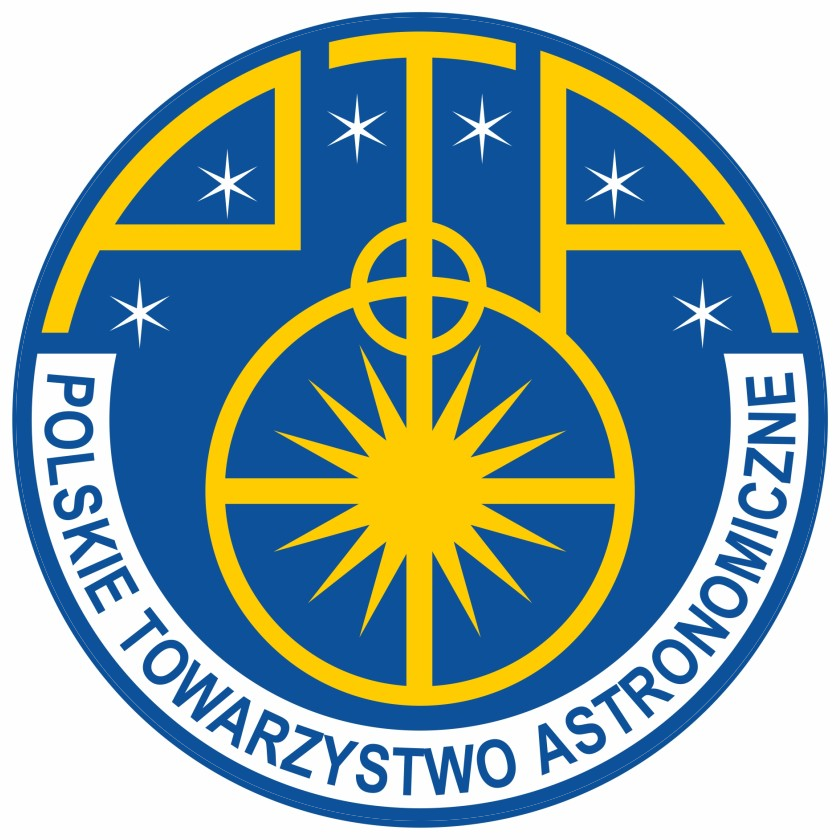Mikołaj Sabat
Obserwatorium Astronomiczne Uniwersytetu Jagiellońskiego
Sesja III: Układy planetarne i małe ciała
Wtorek 12.09.2023 11:30 – 11:45
abstrakt:
ʻOumuamua is the first confirmed interstellar minor body observed in the Solar System. The object was discovered by the Pan-STARRS survey on 19 October 2017, when it was located 1.2 au from the Sun and 0.2 au from the Earth. Ultra-deep imaging of ‘Oumuamua by the largest telescopes showed no signs of comet-like coma or tail, providing strong evidence that the object is an asteroid [1, 2]. Also spectroscopic investigations did not reveal any traces of gas emissions [3, 4]. Despite no signs of mass loss, ‘Oumuamua displayed unexpected orbital anomalies, consistent with an anti-Sunward non-gravitational force [5] as strong as the strongest non-gravitational forces ever measured in Solar System comets. This suggested comet-like water-ice outgassing as the possible cause [5]. However, the proposed explanation is difficult to reconcile with the absent signs of mass loss, and it could not be properly tested given the poor observational limits on the water-ice outgassing. To date, the most meaningful upper limit on the water production rate of ‘Oumuamua was obtained from the non-detection of the 18-cm radio lines of OH using the Green Bank Telescope [6]. Unfortunately, this
observation was too brief (4 hours) and made too late (more than 3 weeks after the discovery of ‘Oumuamua, when the object was already 1.8 au from the Sun and 1.1 au from the Earth), resulting in an insufficient sensitivity to address the problem of the object’s non-gravitational acceleration. Other limits, estimated indirectly from empirical relations (e.g. [7]) are inherently irrelevant, as they assume a typical cometary composition. Potentially, the most promising instrument for the detection of water on ‘Oumuamua is Solar Wind ANisotropies (SWAN) on the SOlar and Heliospheric Observatory (SOHO). SWAN is an all-sky mapper of hydrogen in the ultra-luminous Lyman alpha line, which is also an excellent tracer of cometary water (e.g. [8]). The instrument provides unique access to daily measurements of the hydrogen emission, including pre- and post-discovery data for the positions of ‘Oumuamua, when the object was relatively close to the Sun and the spacecraft (minimum distances of 0.46 au and 0.17 au, respectively). Based on the SOHO/SWAN observations, we will present the new most rigorous upper
limit on the water production rate of ‘Oumuamua, which is an order of magnitude lower than the best previous estimates actually sensitive to water.
Most significantly, our limit enables us to discuss the hypothesized water-driven cause of the non-gravitational acceleration [5], the most recent concept of H2O and H2 emission [9], as well as the more exotic scenario of a hydrogen iceberg [10]. Our result supports the view that ‘Oumuamua is unlike any object ever seen before.
References:
[1] Meech et al. 2017, Nature 552, 378.
[2] Drahus et al. 2018, Nat.Astron. 2, 407.
[3] Ye et al. 2017, ApJL 851, L5.
[4] Fitzsimmons et al. 2018, Nat.Astron. 2, 133.
[5] Micheli et al. 2018, Nature 559, 223.
[6] Park et al. 2018, AJ 155, 185.
[7] Hui & Knight 2019, AJ 158, 256.
[8] Combi et al. 2021, Icarus 365, 114509.
[9] Bergner & Seligman 2023, Nature 615, 610.
[10] Seligman et al. 2020, ApJL 896, L8.
